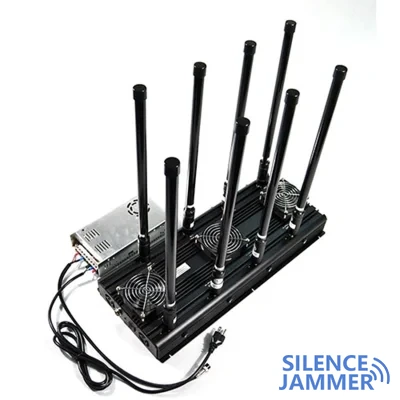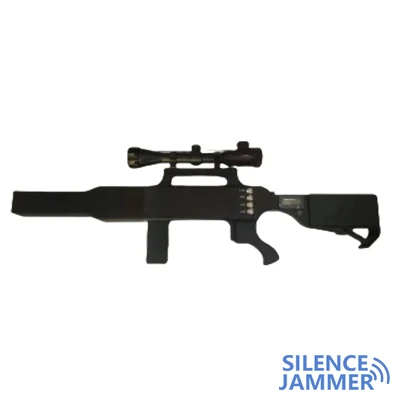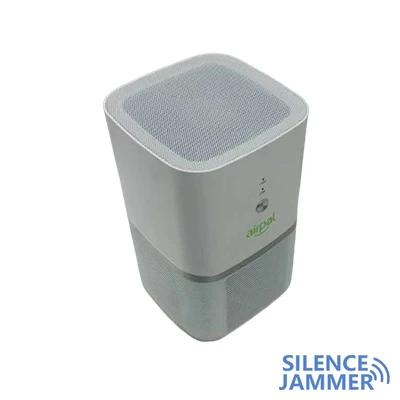The Indian Ministry of Home Affairs recently approved the purchase of a vehicle-mounted signal jammer system worth 450 million rupees for the Central Reserve Police Force (CRPF) to deal with the threat of remote-controlled improvised explosive devices (RCIEDs) in highly sensitive areas such as Jammu and Kashmir. This allocation marks the Indian government's high attention to the threat of improvised explosive devices (IEDs), especially in recent years when the number of improvised explosive devices and sticky bombs has increased significantly.
The threat of improvised explosive devices persists
Although the counter-terrorism situation in Jammu and Kashmir has been effectively controlled in recent years, militants are still using drones to transport explosive devices across the border into India. Recently, the police have seized a large number of improvised explosive devices and sticky bombs in Jammu, Samba and Kathua, which has made the security department highly alert to these threats. With the increasing sophistication and frequency of IED threats, the Ministry of Home Affairs is determined to enhance the response capabilities of security forces by introducing vehicle-mounted jammers.
Military role of vehicle-mounted jammers
India's purchase of vehicle-mounted jammers for security forces in Kashmir is of great strategic significance, especially in the context of the current security threats facing the region. The following points can further illustrate the significance of this procurement action:
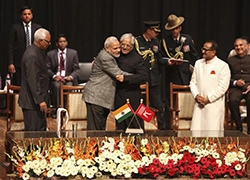
| 1. Responding to the increasingly complex threat of improvised explosive devices | In recent years, the frequency of use of improvised explosive devices (IEDs) and sticky bombs has increased significantly, especially in Jammu and Kashmir. Militants use remote-controlled detonators to pose a serious threat to security forces and VVIP convoys. The introduction of vehicle-mounted jammers can effectively block the radio signals required by IEDs and reduce the risk of their detonation from the root. For troops and important personnel who frequently travel through high-risk areas, vehicle signal jammers provide a key protective barrier and improve their safety factor. |
| 2. Enhance the anti-terrorism combat capabilities of security forces | The Kashmir region has long been the focus of conflict between India and Pakistan, and terrorist activities have occurred frequently. Although the anti-terrorism situation has improved in recent years, the situation of cross-border terrorists using technologies such as drones to transport improvised explosive devices into India remains serious. To this end, the deployment of vehicle signal jammers can not only prevent the remote detonation of IEDs, but also greatly improve the combat effectiveness of security forces, allowing them to perform tasks more easily in high-risk environments. |
| 3. Essential tools for dealing with modern terrorism | The advancement of modern terrorist technology has made traditional anti-explosion measures face great challenges, especially when the enemy uses remote control technology to carry out attacks. The introduction of car-mounted jammers marks that Indian security forces have new means to deal with technologically upgraded terrorist threats. These jammer devices can cover the frequency bands used by detonation tools such as mobile phones and walkie-talkies by blocking radio signals of multiple frequencies, thereby effectively preventing the remote detonation of improvised explosive devices. |
Procurement and Deployment
The jammer blockers purchased this time will be mainly used in the Kashmir Valley, especially in areas such as South Kashmir and Srinagar where terrorist activities are frequent. Security forces in Kashmir have been facing a high threat from militants across the border, especially the threat of IEDs. The Ministry of Home Affairs approved the initial procurement of 10 vehicles equipped with RCIED signal jammers at a cost of approximately Rs 45 million each. These jammer devices will be deployed in high-risk areas in Jammu and Kashmir and, if necessary, transported to areas where Naxalites are active to deal with different forms of IED attacks.
The Ministry of Home Affairs plans to decide whether to purchase more of the same type of equipment based on the performance of these vehicle-mounted jammers. Officials said that if these vehicles perform well in their mission, they will consider further expanding their deployment to ensure that all sensitive areas in India can be effectively protected.
Improving Police Modernization
The car-mounted jammers purchased with this grant not only enhance the ability of security forces to combat IEDs, but also reflect the Indian government's continued investment in police modernization. As terrorists use increasingly sophisticated remote control technology to detonate IEDs, traditional explosion-proof technology can no longer fully cope with these emerging threats. The introduction of vehicle jammers will enable the Central Reserve Police Force to have stronger defensive capabilities when facing the threat of remote-controlled bombs, ensuring their operational safety in high-risk areas.
The deployment in Kashmir and other high-risk areas will greatly enhance the local forces' ability to respond to the threat of remote-controlled IEDs. This is not only a necessary protection measure for the VVIP convoy, but also provides security for soldiers performing daily patrol tasks.
Safety and Future Outlook
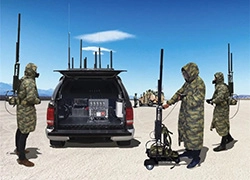
While purchasing these jammer blockers, the Ministry of Home Affairs also put forward strict requirements for the safety of the equipment. All car-mounted jammer systems must comply with India's electromagnetic radiation safety standards to ensure that no unnecessary harm is caused to the operator or the surrounding environment.
Indian security forces will rely more on such high-tech jammer equipment in the future when dealing with terrorist threats. As more jammer devcies enter the actual use stage, the Indian Ministry of Home Affairs will further evaluate their effectiveness and expand the scale of procurement according to demand to ensure that sensitive areas across the country can be protected at a high level of security.



